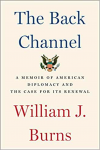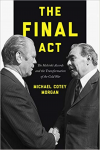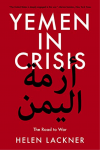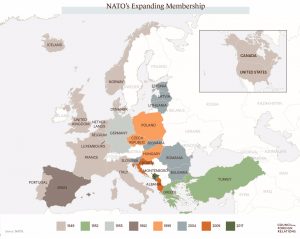
The North Atlantic Treaty Organization (NATO) was formed seventy years ago, on April 4, 1949, when the United States and eleven other countries met in Washington, DC to sign the North Atlantic Treaty. In commemorating the anniversary, Secretary General Jens Stoltenberg noted that “Our Alliance was created by people who had lived through two devastating world wars. They knew only too well the horror, the suffering, and the human and material cost of war. They were determined that this should never happen again.”
Commentary/Opinion
The Rwandan Genocide Revisited by Robert Gribbin
Books on Rwanda compiled by Robert Gribbin
When a Diplomat Disagrees with Policy by Judith Heimann
Can the European Union Save Multilateralism? by Mikael Barfod
Preventing an Israeil-Iran War by Alon Ben-Meir
Terrorism, Agreeing on the Basics by Ophir Falk
Swap-Shop: Time for a Deal in Kosovo? by Louis Sell
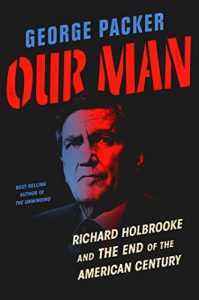 |
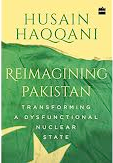 |
Book Reviews
Our Man: Richard Holbrooke and the End of the American Century reviewed by Donald Camp
Reimagining Pakistan reviewed by Jon Dorschner
Books of Interest
Eyewitness
Operation Vittles by Pru Bushnell
Arms Control, Reagan, and the Women of Filderstaff by Hans Tuch
Bonn Voyage by Richard Gilbert
A Rare Bloom in Beijing by Diane Johnston
Announcement
Ambassador Jack and Rebecca Matlock Archives Open at Duke University
National Archives
The Department of State Reacts to Public Revelations of Intelligence Activities, 1964
ADST
The following “Moments in Diplomatic History” from ADST relate USAID experiences in Rwanda during and after the genocide 25 years ago.
George Lewis was named head of the USAID mission to Rwanda in 1996; he discusses the difficulties in reconciliation and the successes of USAID in a time and region marked by despair and tragedy. https://adst.org/2018/05/helping-rebuild-rwanda-after-the-1994-genocide/
Philip-Michael Gary’s career with USAID put him face-to-face with then-Vice President and Minister of Defense of Rwanda, Paul Kagame, in the aftermath of the infamous Rwandan genocide. https://adst.org/2018/03/usaids-role-in-helping-rebuild-rwanda-after-the-tutsi-genocide-of-1994/
Bonaventure Niyibizi, a Foreign Service National (FSN) local staff member for USAID at the U.S. Embassy in Kigali from 1988 to 1997, recalled his experiences fighting for survival during the Rwanda genocide. https://adst.org/2017/04/fleeing-rwanda-to-survive-then-returning-to-rebuild-1994/
Links
Politico | NATO at 70: What’s Next?
Quartz | Does the US Needs NATO
FSJ | From the FSJ Archive: Perspectives on NATO
The American Conservative | The Kosovo War at 20
The Atlantic | The End of the American Century What the life of Richard Holbrooke tells us about the decay of Pax Americana
National Security Archive | The US and the Genocide in Rwanda 1994: Evidence of Inaction
Council on Foreign Relations | U.S.-Russia Nuclear Arms Control 1949 – 2010

